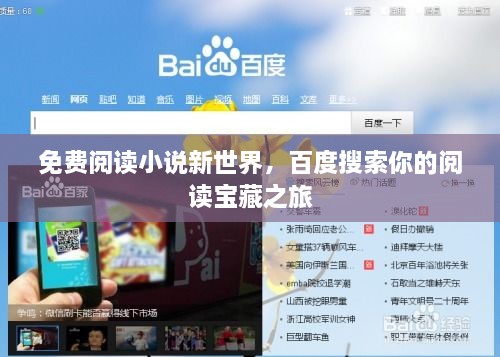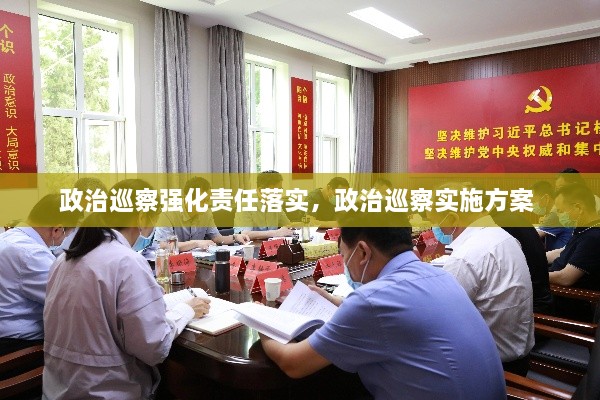Introduction to Exclusive Models
The world of fashion and modeling is vast and dynamic, with various roles and niches that cater to different tastes and industries. One such niche is that of exclusive models. These models often work under unique contracts that set them apart from the general run of the mill models. In this article, we will delve into the concept of exclusive models, their characteristics, and the advantages they offer both to agencies and clients.
What Makes a Model Exclusive?
Exclusive models are distinguished by their special status within a modeling agency or brand. This exclusivity can be attributed to several factors:
Unique Contractual Agreements: Exclusive models typically sign contracts that limit their work to a specific agency or brand, ensuring that they are not available to other competitors. This exclusivity can be for a set period or even indefinitely, depending on the agreement.
Specialized Skillset: Exclusive models often possess a unique set of qualities that make them particularly appealing to their agency or brand. This could be their distinctive look, a particular skill, or a niche market they cater to.
Brand Ambassadors: Exclusive models are often seen as ambassadors for their agency or brand, representing their image and values in public and media appearances.
Benefits for Agencies
For modeling agencies, having exclusive models can be a strategic advantage:
Brand Loyalty: Exclusive models create a sense of loyalty and consistency in representing the agency's brand. This can enhance the agency's reputation and client relationships.
Revenue Stream: Exclusive models often command higher fees due to their exclusivity. Agencies can capitalize on this by securing high-paying contracts for their exclusive talent.
Market Differentiation: Agencies with exclusive models can differentiate themselves from competitors by offering a unique range of talent that others cannot access.
Advantages for Clients
On the client side, working with exclusive models provides several benefits:
Consistency: Clients can rely on the consistent representation of their brand by an exclusive model, ensuring a uniform image across various campaigns.
Exclusivity: The exclusivity of the model means that they are not being used by competitors, which can help maintain a competitive edge for the client's brand.
Brand Identity: Exclusive models can become synonymous with a brand, fostering brand recognition and customer loyalty.
The Exclusive Modeling Process
Becoming an exclusive model involves a rigorous selection process:
Initial Auditions: Models must undergo auditions to showcase their unique qualities and fit the criteria set by the agency or brand.
Contract Negotiations: Once selected, models enter into negotiations for an exclusive contract, which outlines the terms and conditions of their exclusivity.
Professional Development: Exclusive models often receive additional training and support to enhance their skills and marketability.
Challenges and Considerations
While exclusive modeling offers numerous benefits, it also comes with its own set of challenges:
Limited Opportunities: Exclusive models may find themselves with fewer opportunities to work with other clients or agencies, which can limit their exposure and career growth.
Pressure to Maintain Exclusivity: Models must continuously meet the expectations of their agency or brand to maintain their exclusive status.
Economic Stability: Exclusive models may experience fluctuations in income, depending on the number of contracts and campaigns they are involved in.
Conclusion
Exclusive models play a crucial role in the fashion and modeling industry, offering a unique blend of exclusivity, brand loyalty, and specialized talent. While the path to becoming an exclusive model is challenging, the potential benefits for both agencies and clients can be significant. As the industry continues to evolve, the concept of exclusive models is likely to remain a key component in shaping the face of modern fashion and advertising.














 蜀ICP备2022005971号-1
蜀ICP备2022005971号-1
还没有评论,来说两句吧...